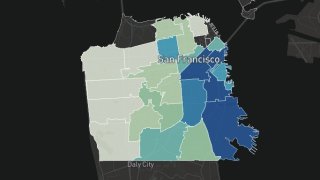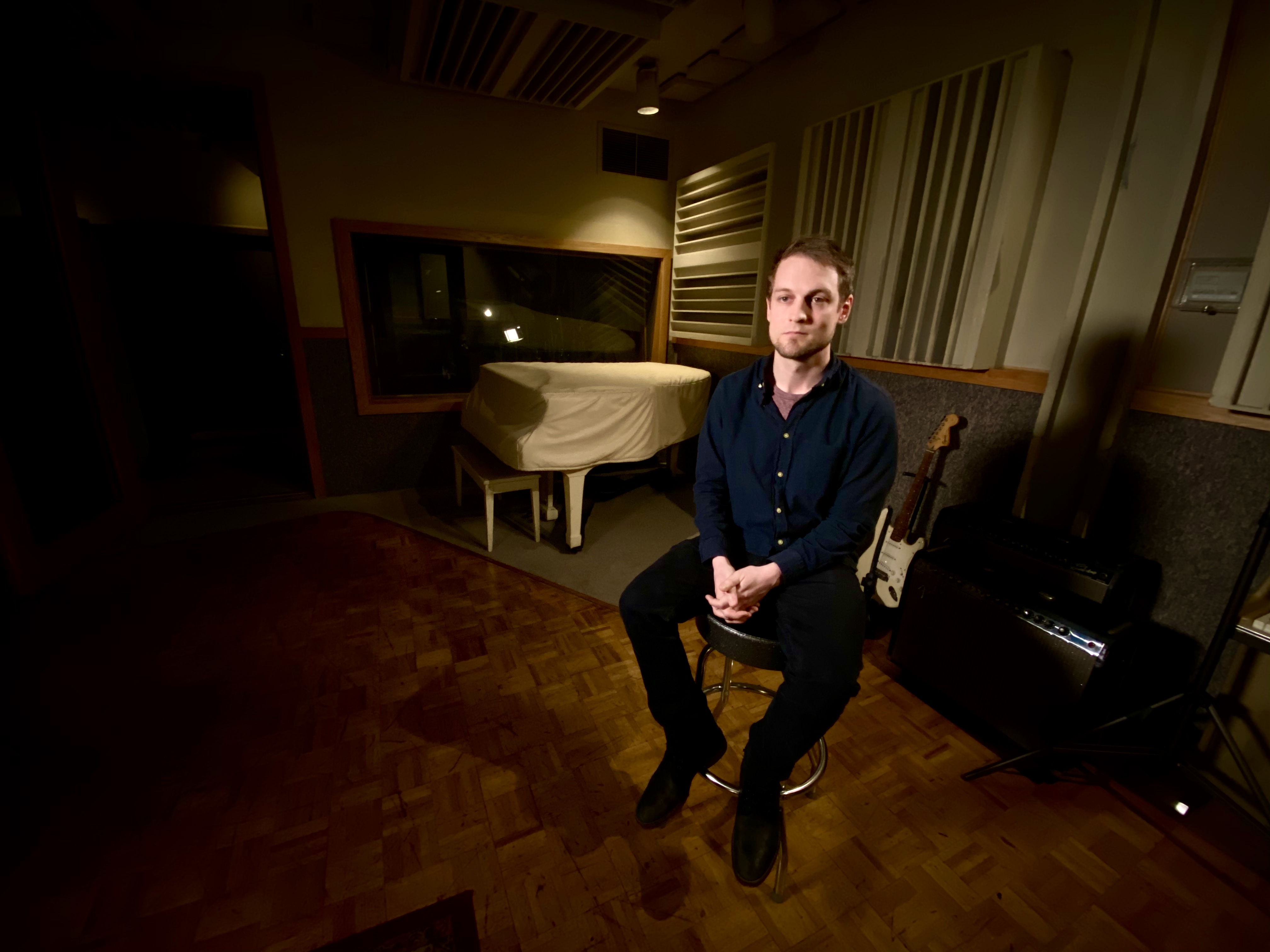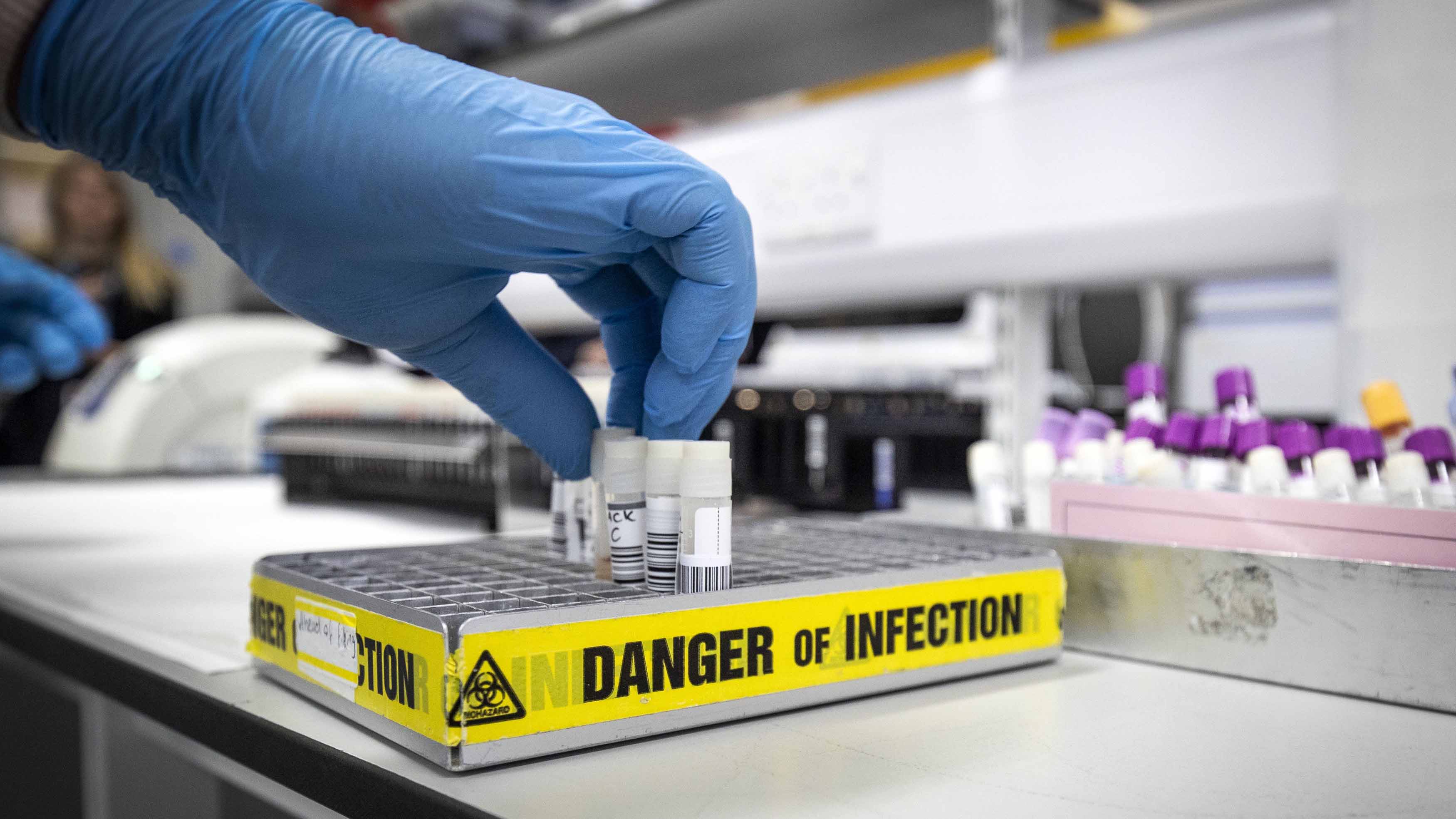
San Francisco city officials on Monday unveiled a new map showing the city's confirmed cases of coronavirus by zip code.
The data reveals that the populations and neighborhoods most affected by the COVID-19 pandemic are those that are most susceptible to health disparities, income inequality and structural racism, city officials said.
"I want to stress that when it comes to coronavirus, no zip code or neighborhood is inherently safer than another," Mayor London Breed said in a statement.
"Every San Franciscan should continue to follow public health requirements--stay home, stay six feet apart, and cover your face when you're outside for essential needs. This map should not make anyone more relaxed, or more fearful," she said. "We must make progress reducing the spread of coronavirus everywhere in our city in order to emerge from this pandemic."
"Health emergencies exploit the inequities in society. People with fewer resources, chronic illnesses, underlying health conditions and who have experienced institutionalized stigma and discrimination are going to be more at risk for getting sick," Health Director Dr. Grant Colfax said in a statement. "This map is sobering. But unfortunately, it is not surprising."
According to the data, the 94107 zip code in the South of Market neighborhood, has one of the highest rates of COVID-19 infection in the city.
The high numbers there are partly because the Multi-Service Center South homeless shelter is located there, where an outbreak resulted in 96 residents testing positive.
The zip code with the highest number of cases is 94110, which is located in the Mission District. Even though Latinos make up just 15 percent of the city's population, 25 percent of the city's positive coronavirus cases are among Latinos.
Additionally, Latinos make up 80 percent of coronavirus patients at Zuckerberg San Francisco General Hospital, a sharp increase from the regular 30 percent Latino hospital population.
In the face of COVID-19, the city has taken steps to promote equity, including opening screening and testing sites in the Castro/Mission neighborhood and at SF General Hospital, as well as a field care clinic in the Bayview neighborhood.
The map can be found here.



